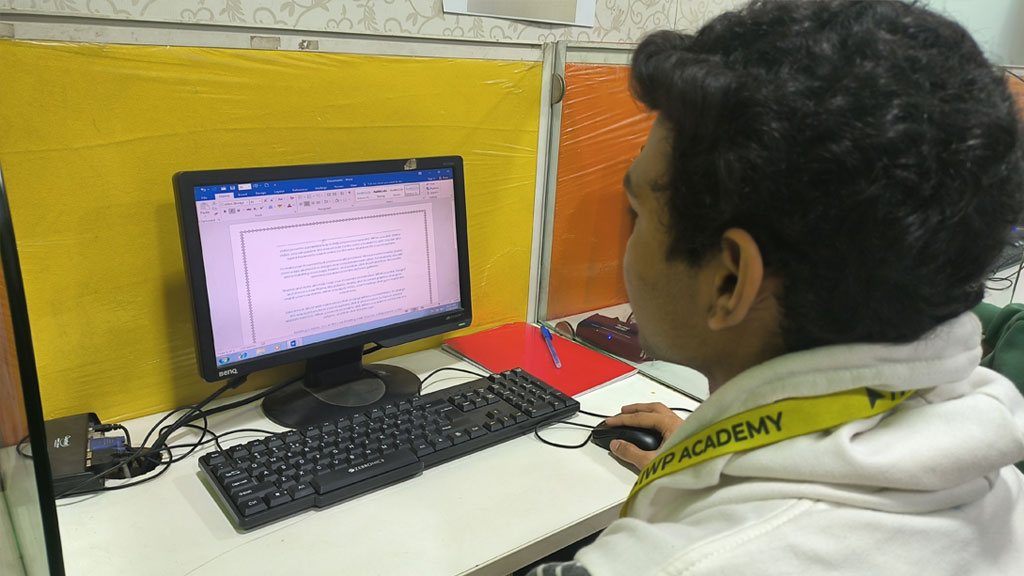Introduction: Step into a world where creativity knows no boundaries, where technology and art converge seamlessly, and where multimedia design becomes the canvas for innovation – welcome to the dynamic realm of multimedia courses. In this blog post, we’ll explore the exciting facets of multimedia design, unveiling the skills and knowledge that make this course a gateway to crafting immersive and engaging digital experiences.
- The Fusion of Art and Technology: Multimedia design is a harmonious fusion of artistic expression and technological prowess. Dive into the core of multimedia courses, where students learn to marry visual elements, sound, and interactivity to create captivating digital content. Explore how this interdisciplinary approach cultivates a new generation of creatives fluent in both artistry and technology.
- Graphic Design and Visual Storytelling: Graphics are the backbone of multimedia, and graphic design forms a cornerstone of multimedia courses. Discover how students delve into the principles of design, mastering the art of visual storytelling through images, illustrations, and typography. From creating stunning visuals to understanding user experience (UX) design, multimedia courses nurture a keen eye for aesthetics.
- Animation and Motion Graphics: Animation breathes life into digital content, and multimedia courses explore the magic of motion graphics. Explore how students learn to animate characters, logos, and interfaces, creating dynamic and engaging visuals. Uncover the techniques behind storytelling through motion and the role of animation in elevating the user experience.
- Interactive Design and User Experience (UX): In the digital landscape, interactivity is key, and multimedia courses dive into the principles of interactive design and UX. Learn how students create user-friendly interfaces, incorporating elements that enhance user engagement and navigation. Discover the art of designing digital experiences that seamlessly blend form and function.
- Audio and Video Production: Multimedia is not only about visuals but also about the auditory and visual experience. Explore how multimedia courses introduce students to the world of audio and video production. From sound editing to video composition, students gain the skills to create multimedia content that appeals to multiple senses, enriching the overall user experience.
- Web Design and Development: The internet is a canvas for multimedia artists, and web design is a crucial component of multimedia courses. Delve into how students acquire skills in coding, HTML, CSS, and JavaScript to bring their multimedia creations to life on the web. Discover the principles of responsive design and the role of multimedia in shaping modern online experiences.
- Real-World Projects and Industry Integration: Multimedia courses often bridge the gap between academia and industry. Explore how students engage in real-world projects, collaborating with industry professionals or working on internships. Learn about the importance of gaining practical experience in multimedia design, preparing students for the demands of the ever-evolving digital landscape.
Conclusion: Enrolling in a multimedia design course is not just a step into the digital world; it’s a leap into a realm where creativity is empowered by technology. Whether you aspire to be a graphic designer, animator, or UX specialist, multimedia courses provide a diverse skill set that opens doors to a myriad of creative possibilities. Welcome to the dynamic world of multimedia design, where every pixel, frame, and interaction contributes to a digital tapestry of innovation and artistic expression.

